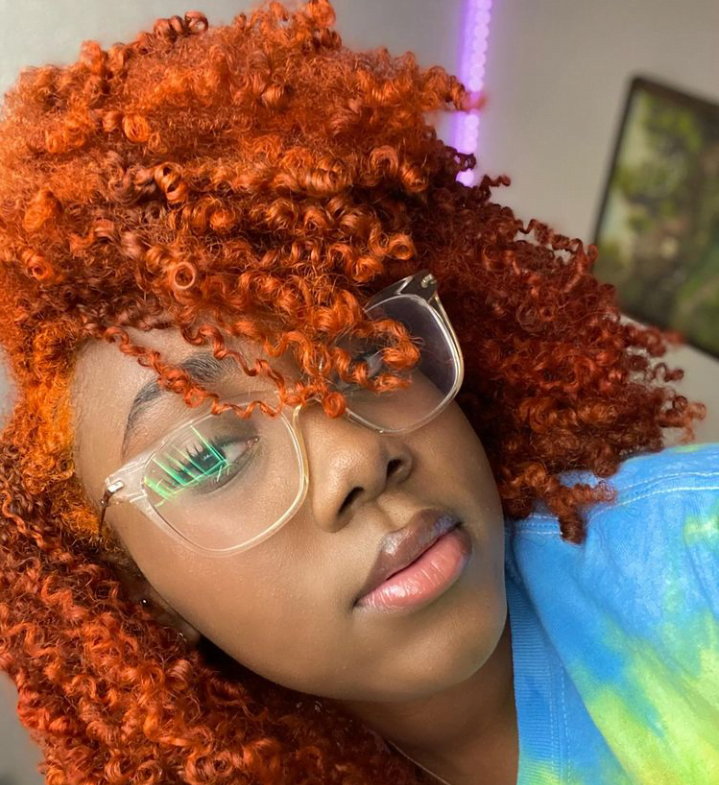Natural hair has a unique beauty and texture that many individuals cherish. As fashion trends evolve, so does the desire to experiment with hair color. However, the question remains: how much damage can coloring do to natural hair? In this article, we’ll delve into the intricacies of coloring natural hair while maintaining its health and vitality.
5 Simple Tips For Coloring Natural Hair AKA Dyeing

1. Embark on a Journey of Research
Before embarking on the adventure of coloring your natural hair, it’s crucial to conduct thorough research. Understanding the specific needs of your hair type, porosity, and the compatibility of different dyes is the foundation for a successful coloring experience.
2. Play Around with Temporary Color
For those testing the waters of hair coloring, temporary color options are a great starting point. These allow you to experiment without committing long-term and assess how your natural hair responds to the coloring process.
3. Nourish and Moisturize
Coloring can strip natural hair of its moisture, leading to dryness and breakage. Prioritize deep conditioning treatments and nourishing masks to replenish the lost moisture and maintain the vibrancy of your natural hair.
4. Color Only Clean and Healthy Hair
Coloring should always be carried out on clean and healthy natural hair. Avoid applying color to hair that is already damaged, as this can exacerbate the issue. Regular trims and a healthy hair care routine set the stage for successful color transformations.
5. Mind Your Hair Health
Maintaining the health of your natural hair post-coloring is paramount. Utilize sulfate-free shampoos and gentle cleansing techniques to preserve the color and overall integrity of your hair.
There Are A Few Things To Note About Dyeing Natural Hair

1. Bleaching: A Necessary Step
In some cases, achieving the desired color might necessitate bleaching natural hair. It’s important to approach this process cautiously, using appropriate products and techniques to minimize potential damage.
2. A Texture Transition
Coloring can sometimes lead to a change in the texture of natural hair. This is due to the alteration of the hair’s protein structure. Embrace the change and adapt your hair care routine accordingly.
3. Embrace Hair Dyeing Breaks
Frequent hair dyeing can stress natural hair. Allow your hair to breathe by taking breaks between coloring sessions. This gives your hair the opportunity to recover and maintain its natural resilience.
4. Opt for the Best Dyeing Options
Choosing the right dyeing products is crucial. Opt for high-quality, ammonia-free dyes that are formulated to be gentle on natural hair.
FAQs About Coloring Natural Hair

- Q: Will coloring make my natural hair fall out?
- A: Properly executed hair coloring is unlikely to cause hair loss. However, using harsh chemicals or incorrect techniques can damage hair and lead to breakage.
- Q: Can I color my natural hair at home?
- A: Yes, you can. However, it’s recommended to follow professional guidelines and use reputable products to achieve the best results.
Conclusion

In the realm of natural hair, the art of coloring requires a delicate balance between creativity and care. Through proper research, moisturization, and choosing the right products, you can achieve vibrant, colorful results while maintaining the health of your natural hair. Remember, each strand tells a story, and by following these tips, you can ensure that your natural hair continues to shine in all its colorful glory. If you found this article helpful, don’t hesitate to share your thoughts and experiences in the comments below. Your insights might just inspire someone else’s natural hair journey.
